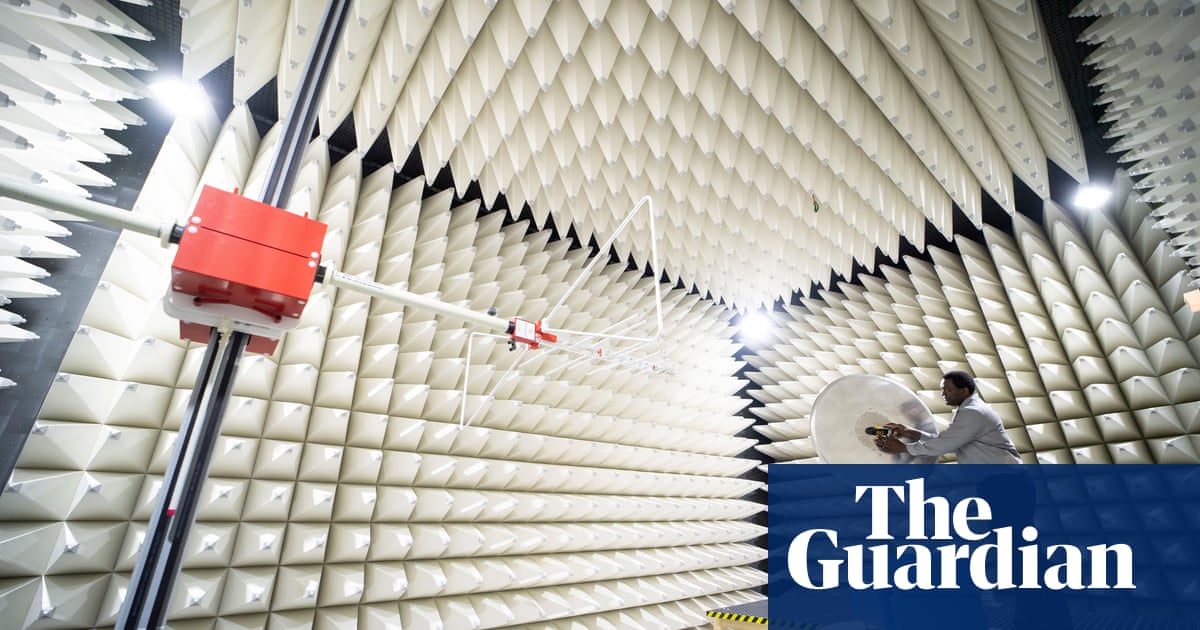This article focuses on the subject of 5G radiation, a non-ionizing form of electromagnetic radiation. Because 5G radiation is so small, it doesn't have the capacity to break the chemical bonds of biological tissues or trigger any modifications to cells. It isn't known if 5G radiation affects the risk of skin cancer. No evidence has been found to suggest that it could cause other disease.
High-frequency millimeter radiation

High-frequency millimeter-wave radiation from mobile phones and wireless networks can cause adverse health effects for human beings. There are 5g radiation that this radiation can be harmful. In some cases, the radiation can cause damage to a person's DNA. In other cases it could cause damage to other parts within the body such as the brain.
Recent research has revealed that 5G technology may induce the heating of tissues. As a result, researchers from the International Council on Non-Ionizing Radiation Protection (ICNIRP) has asked for a review of existing thermal and biological safety standards. The current exposure standards don't protect people from overheated heat exposure when exposed to pulsed millimeter wave radiation.
Skin cancer risk
There is no definite answer yet to the issue of whether radiation from 5G could cause skin cancer. However, it is thought that 5G RF-EMFs behave much like high-LET ionizing radiations. This means that they can cause excessive levels of free radicals within the skin. The FCC hasn't issued any specific guidelines on the risks of 5G technology. The debate on the subject continues.
While there are plenty of studies regarding the impact of higher-frequency radio waves on human health, they have remained largely limited in their scope. However, there is concern over the effects of millimeter-wavelength exposure on oxidative stress and gene expression. The effects could extend to the skin and various organs, like the brain.
The impact of other illnesses
An innovative new technology in wireless, 5G, is rapidly expanding however, scientists are warning of its potential health hazards. The technology will significantly increase the quantity of electromagnetic radiation that is found that we encounter in our surroundings. This is a concern that has caused debate in several countries which includes Switzerland. In September 2017 390 scientists and doctors were in favor of an end to 5G deployment. This call was ignored by the European Commission, which is in charge of monitoring the use of 5G technology.
Therefore 5g towers radiation is necessary to conduct more research to study the health implications of 5G. In the meantime, studies have shown that 5G doesn't cause the same effects in humans as the radiation from older mobile networks. Additionally, it does not transmit the new coronavirus type. Furthermore, it does not make people more susceptible to viral infections.
The measurement of exposure
Measurement of the radiation exposure of 5G is an important aspect in ensuring the safety of 5G networks. There are two methods to measure exposure. One involves measuring RF power absorption by human tissues. Another involves measuring the amount of radiofrequency energy produced from an object. Radiation frequency energy (RF) can be described as an energy source that is emitted directly from radio receivers.
Within the United States, the FCC has implemented a limit on the power density of 5G mobile devices. These tests only determine power density at a distance of several inches, and they do not require measurements of every beam. FCC does not have to measure every beam. However, how much power is generated by each beam can be determined by computer simulation. The most likely scenario is selected according to the beam's configuration. each beam.
The study has its limitations
There's been plenty of debate about whether the effects of 5G radiation are detrimental to the health of humans. In the case of 5G, for instance. 5g radiation , for example has issued a report which concludes that the technology has no negative health consequences in the short term, but there aren't any studies that show long-term effects. But, the report has several issues that include biased reportage.
The frequency and power of the radio waves that transmit energy will depend on the frequency. The energy that is carried by a millimetre waves will be the same as the frequency of radio waves currently however, they're smaller in size and better suited for high-density environments because they cannot be easily blocked by glass or walls. Urban areas with high density would require a high number of small, low-power sites, while suburban areas would be better served by 5G stations operating at lower frequencies.
